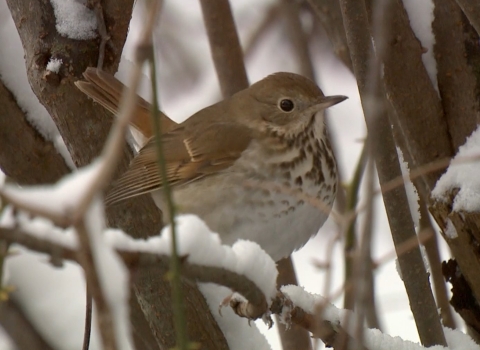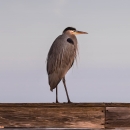Visit Us
The refuge offers wonderful wildlife viewing and expansive views of the Chester River and Chesapeake Bay along 7 different trails. The Visitor Contact Station, located in a historic hunting lodge, is staffed by volunteers and features exhibits about the habitats and history of the refuge, as well as a gift shop operated by the nonprofit Friends of Eastern Neck. Fishing is permitted at Tundra Swan Boardwalk, Ingleside Recreation area (closed seasonally), and Bogles Wharf. Hunters enjoy fall deer hunting and a spring youth turkey hunt.
See this page for directions and hours.
See this page for rules and policies (injured wildlife, pet policy, commercial use, camping, etc.)
Location and Contact Information
About Us
Eastern Neck National Wildlife Refuge is a 2,285 acre island providing habitat for thousands of wintering waterfowl, including the tundra swan. Swans feed off of grasses in the river and narrows as do the waterfowl. Eastern Neck refuge supports a wide variety of habitats including brackish marsh, natural ponds, upland forest, and grasslands. The refuge holds the designation of Important Bird Areas by the Audubon Society. Over 240 bird species visit the refuge along with small mammals and many other wildlife species.
Our Species
Although first set aside as a haven for migrating and wintering waterfowl, Eastern Neck National Wildlife Refuge is home to a wide variety of plants and animals. The refuge provides habitat for over 250 species of birds, including our national symbol, the bald eagle. In addition, many species of mammals, reptiles, amphibians, and insects find a home on the refuge.


